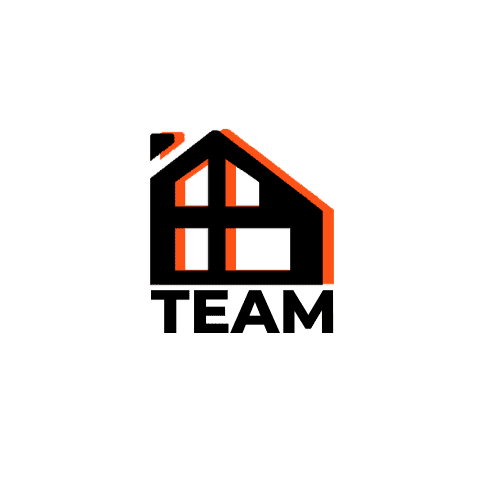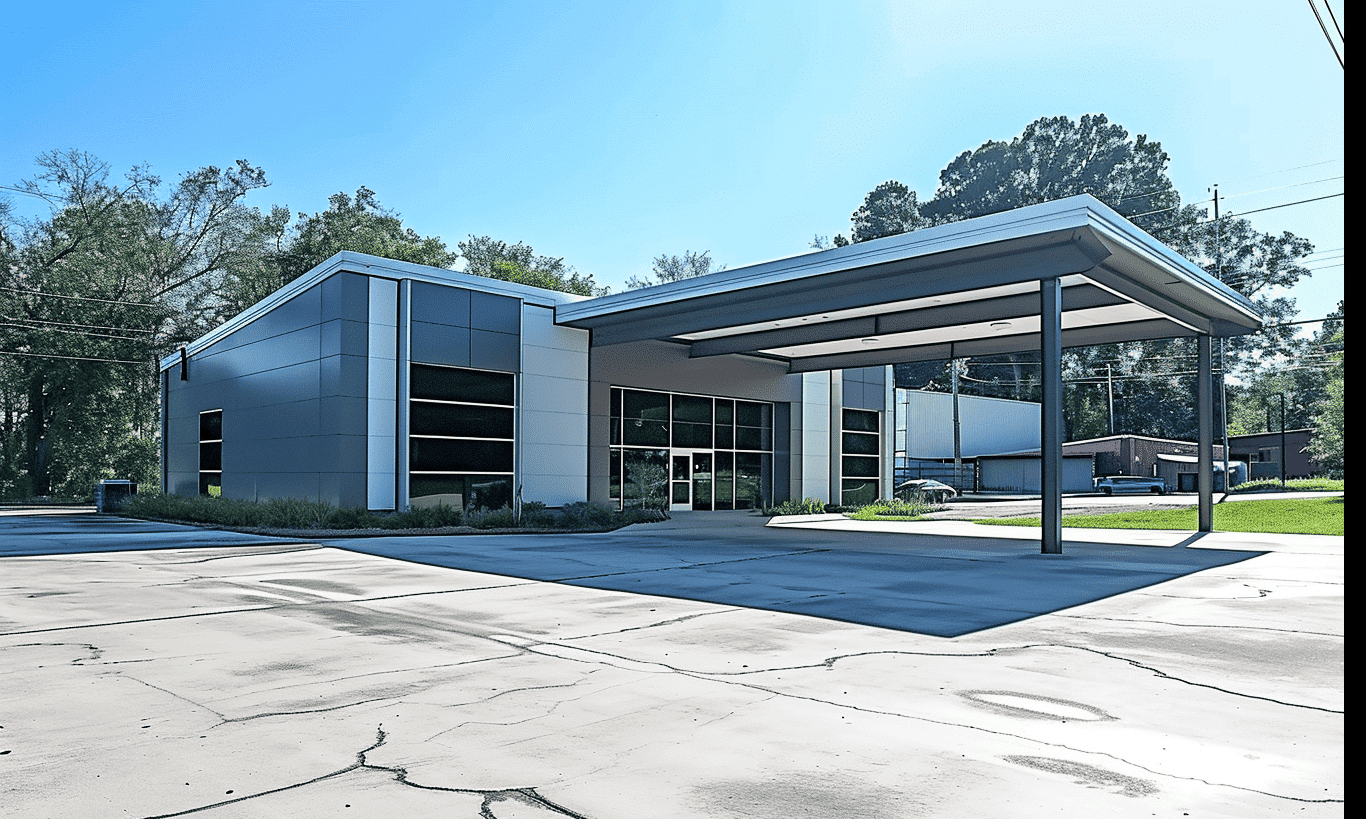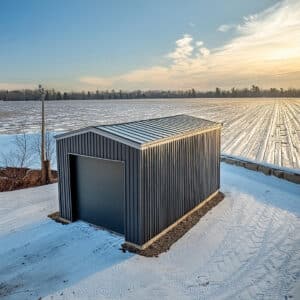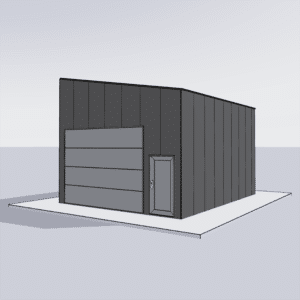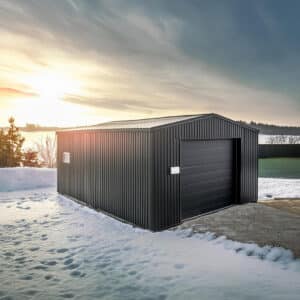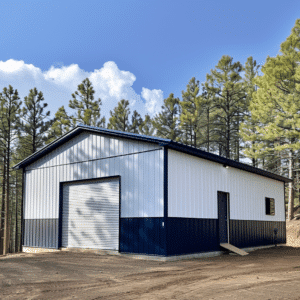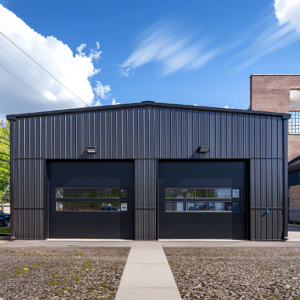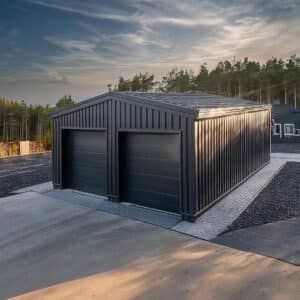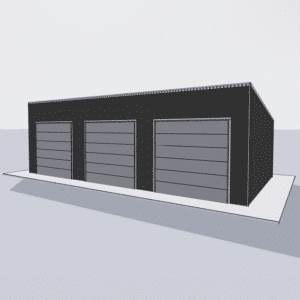Have you ever thought about the myriad of codes and regulations that your steel building must comply with? These rules ensure safety, durability, and functionality, but they can be a bit of a labyrinth to navigate. Enter the ICC Codes for Steel, a set of guidelines set by the International Code Council that dictate structural integrity, safety, and sustainability among other factors. Let’s delve into these codes and see which ones might apply to your steel building project.
What Are ICC Codes?
ICC Codes, short for International Code Council Codes, are a suite of model codes that aim to standardize construction practices across different types of buildings, including steel structures. These codes cover a vast range of topics: from fire safety to structural soundness, to energy efficiency. They are essentially a playbook for constructing buildings that are safe, resilient, and environmentally responsible.
When you are constructing or renovating a steel building, it is crucial to ensure compliance with these codes to facilitate permitting for metal buildings. These codes not only help in acquiring necessary permits but also assist in minimizing potential liabilities and maximizing structural integrity.
Breaking Down Applicable ICC Codes
Structural Codes: The Backbone of Your Building
When constructing steel buildings, International Building Codes (IBC) play an essential role. The focus here is on the structural integrity of the building. They dictate factors such as load requirements, wind resistance, and earthquake resilience. These codes are all about ensuring that your steel building can withstand the elements and any unforeseen circumstances.
For those new to this, you might want to check out more about understanding ICC Codes to see just how they impact every decision in your construction plan.
Fire Codes: Safety First
Fire safety is another critical aspect of construction. Steel buildings, while fire-resistant, need to adhere to codes focusing on fire ratings, exit routes, and sprinkler systems. These fire codes are designed to ensure that the occupants can safely evacuate in the event of a fire, and that the building endures minimal damage, maximizing both safety and cost-effectiveness.
Understanding how these codes function is a crucial step in your planning phase. Check out Understanding Steel Building Codes for more details on how to integrate these safety measures effectively.
Integration with the National Building Code of Canada
If you’re working in Canada, you may also need to consider how the ICC codes integrate with the National Building Code of Canada. This ensures that any local amendments, which consider regional climate and building practices, are also met. Compliance with both sets of codes ensures your steel building is not just legally approved but safe and sustainable for its intended use.
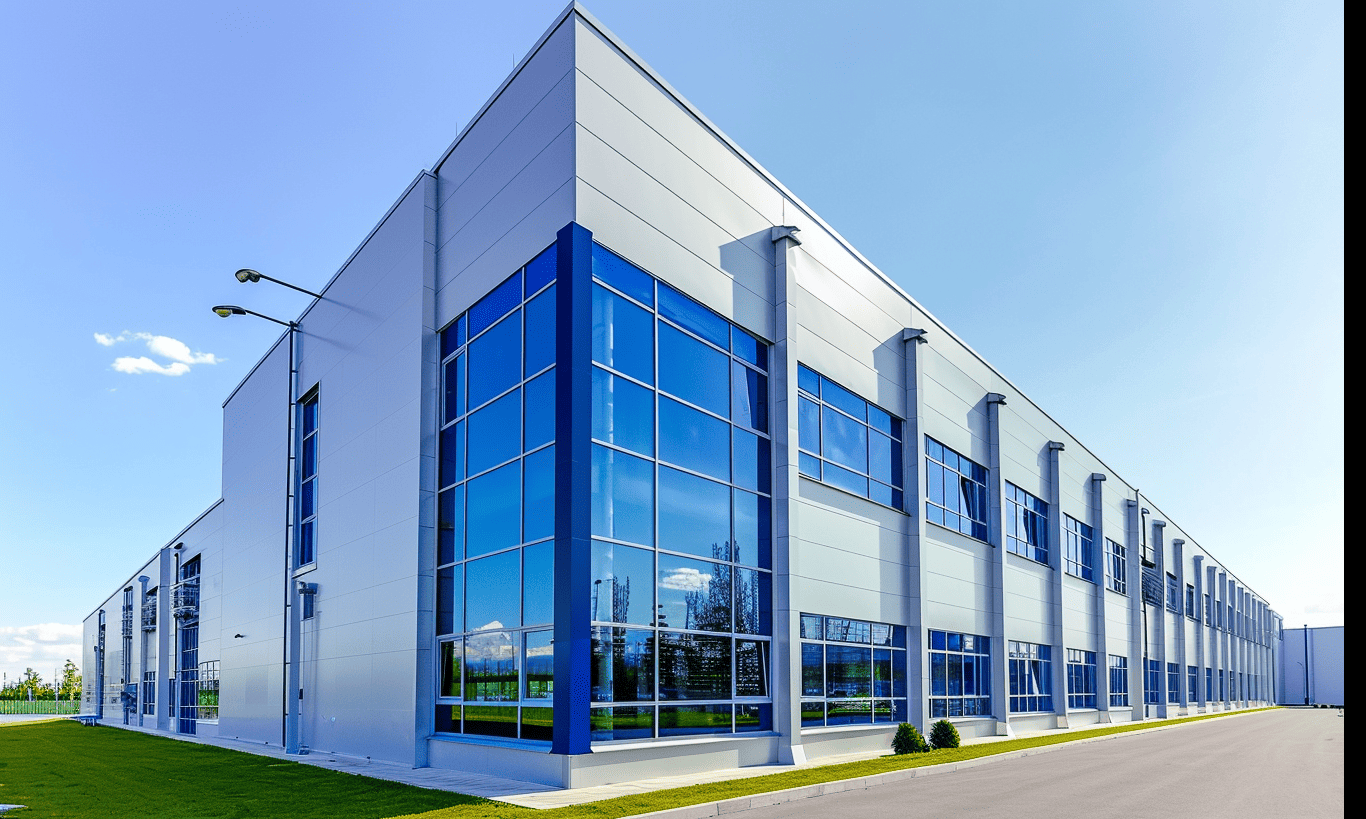
Energy Codes: Sustainability Matters
As the world leans more towards sustainable development, steel buildings are also being pushed to meet energy efficiency standards. The ICC’s International Energy Conservation Code (IECC) plays a crucial role in ensuring that modern steel structures harness energy efficiently. This can impact your choices on insulation, HVAC systems, and even window placement and type.
Ensuring compliance here guarantees that your steel building is both eco-friendly and economically sound, reducing long-term operational costs. For those looking for a more detailed guide, the Permitting for Metal Buildings resource can be quite enlightening.
Plumbing and Mechanical Codes: Not to Be Overlooked
Plumbing and mechanical systems are crucial aspects of any building, and steel structures are no exception. The International Plumbing Code (IPC) and the International Mechanical Code (IMC) dictate safety and functionality standards for these systems. Proper compliance ensures efficient water usage and mechanical system reliability, thereby enhancing the overall usability of your steel structure.
Why Compliance is Non-negotiable
The importance of compliance with the ICC Codes for Steel cannot be overstated. It not only aligns your building with international standards but also minimizes possible liabilities and safety hazards. Moreover, meeting these codes upfront aids in the smooth approval of your building plans by local authorities, saving you both time and hassle.
For more comprehensive planning and troubleshooting, the Code Compliance FAQs offers extensive insights into common questions and challenges faced during the building process.
Conclusion: Next Steps for Your Steel Building
Understanding the complexity of ICC Codes for steel buildings might feel like navigating a labyrinth. However, once you break them down into applicable sections and relate them to your specific project, the path becomes clearer. Whether it’s through load-bearing analysis, fire safety measures, energy efficiency, or plumbing and mechanical considerations, each component contributes to a building that is safe, durable, and up to code.
Take a moment to assess which codes are relevant for your steel building project, and don’t hesitate to consult experts or additional materials. Remember, your effort in ensuring compliance isn’t just checking a box—it’s creating a structure that stands the test of time.
